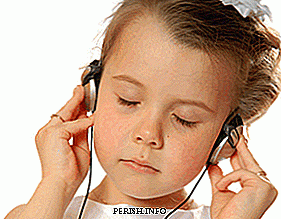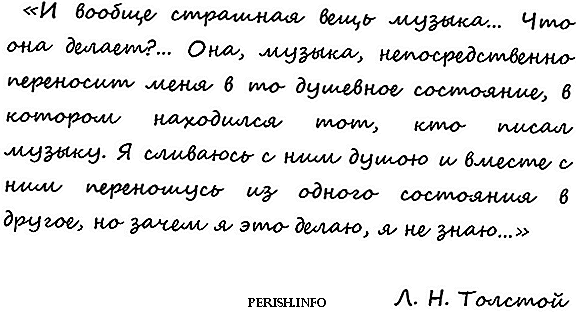 What kind of music is in character? There is hardly any definitive answer to this question. The grandfather of Soviet musical pedagogy, Dmitry Borisovich Kabalevsky, believed that music rests on "three pillars" - this song, march and dance.
What kind of music is in character? There is hardly any definitive answer to this question. The grandfather of Soviet musical pedagogy, Dmitry Borisovich Kabalevsky, believed that music rests on "three pillars" - this song, march and dance.
In principle, Dmitry Borisovich was right; any melody could fall under such a classification. But the world of music is so diverse, filled with subtle emotional nuances, that the nature of music is not something static. In the same work, very often themes intertwine and collide, which are absolutely opposite in character. The structure of all sonatas and symphonies, as well as most other musical works, is based on this opposition.
Take, for example, the well-known Mourning March from Chopin's B-flat sonata. This music, which was included in the funeral ritual of many countries, in our mind has become inextricably linked with a heavy loss. The main theme is full of hopeless grief and longing, but in the middle part there suddenly appears a melody of a completely different nature - bright, as if comforting.
Speaking about the nature of musical works, we rather mean the mood that they convey. Very conditionally, all music can be divided into happy and sad. In fact, she is able to express all the half-tones of the state of the soul, from tragedy to violent joy.
Let's try on well-known examples to demonstrate what music is on character.
- Tragic. For example, "Lacrimosa" from the "Requiem" of the great Mozart. It is unlikely that anyone can remain indifferent to the piercing of such music. No wonder Elem Klimov used it in the final of his heavy, but very strong film "Go and See."
- Lyrical. Beethoven's most famous miniature, “To Elise,” whose simplicity and expressiveness of feelings, as it were, anticipate the entire era of romanticism.
- Patriotic. The concentration of patriotism in music, perhaps, is the anthem of their country. Our Russian Anthem (music by A. Alexandrov) is one of the most dignified and solemn, filling with national pride. (At the moment when, under the music of the anthem, the rewarding of our athletes takes place, everyone will probably get into these feelings)
- Joyful. And again Beethoven. The ode "To Joy" from the 9th symphony is filled with such comprehensive optimism that the Council of Europe announced this music as the anthem of the European Union (apparently, hoping for a better future for Europe). It is impressive that Beethoven wrote this symphony already, being deaf.
- Contemplative. The music of the play “Morning” by E. Griga from the suite “Peer Gynt” is idyllically pastoral. This is a picture of the early morning, nothing global happens. Beauty, peace, harmony.
Of course, this is only a small part of the possible moods. In addition, the nature of the music can be alarming, mysterious, dramatic, jovial, playful and another (here you can add an infinite number of options).
Having limited ourselves to examples from popular classical works, let us not forget that modern, folk, pop, jazz - any music also has a definite character, giving the listener a corresponding mood.
What kind of music is in character may depend not only on its content or emotional tone, but also on many other factors: for example, on tempo. Fast or slow - is this very important? By the way, a plate with the main symbols that composers use to convey their character can be downloaded here.
I would like to finish with the words of Tolstoy from the "Kreutzer Sonata":


Leave Your Comment